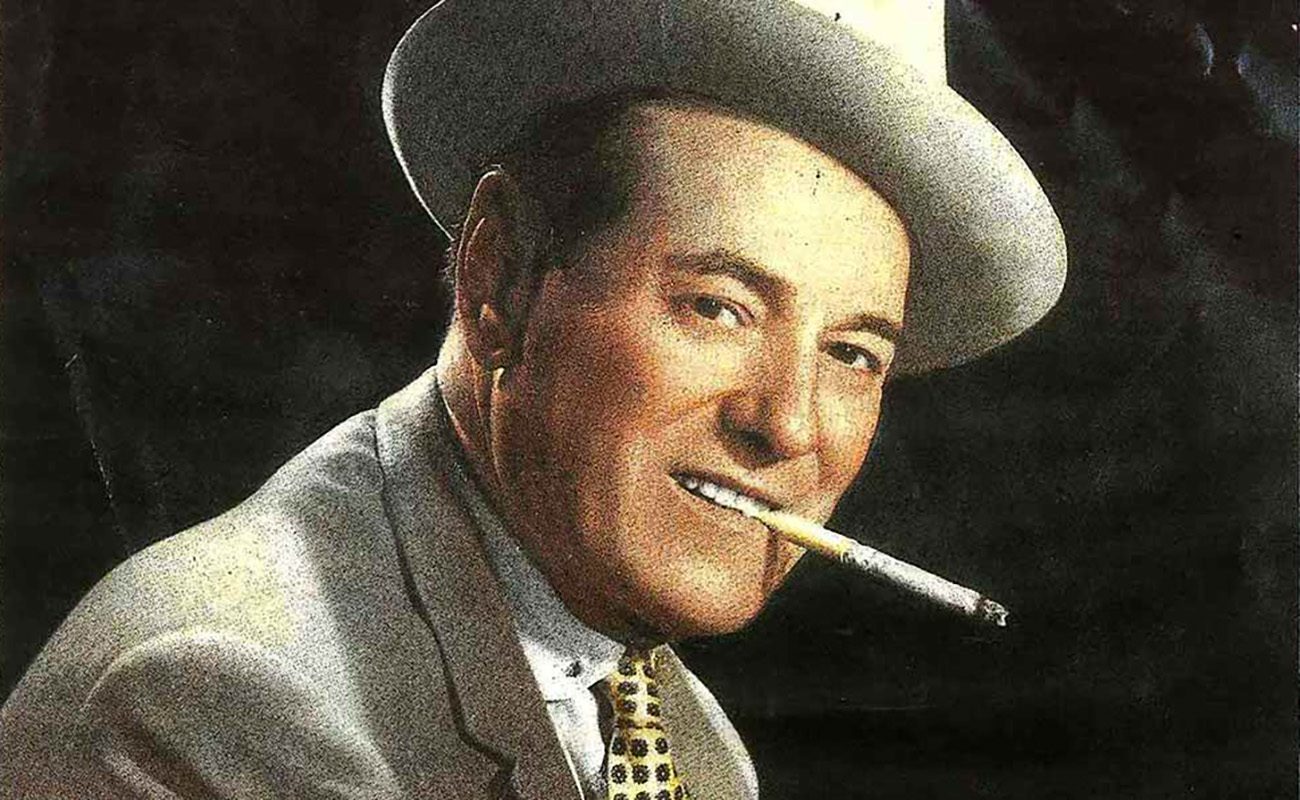Grandpa and the pranks of the masters
-Grandpa, what are the most trustworthy sources, when it comes to the history of cante? -The sources have always been the same: the old masters of cante, particularly the eldest. I can only imagine the things that Chacón heard from Silverio, El Mellizo, Junquera, La Sarneta or Antonio Frijones. -Where they trustworthy? -Well, the other day you were writing about the fantasies of

-Grandpa, what are the most trustworthy sources, when it comes to the history of cante?
-The sources have always been the same: the old masters of cante, particularly the eldest. I can only imagine the things that Chacón heard from Silverio, El Mellizo, Junquera, La Sarneta or Antonio Frijones.
-Where they trustworthy?
-Well, the other day you were writing about the fantasies of some masters, and we must take that into account. I know from reliable sources, and also because I’ve lived a long life, that many masters prank their followers, or those who seek their knowledge. Sometimes they get annoyed, because they believe their knowledge is their personal treasure, and they’re reluctant to share it with anyone else. For example, Enrique Morente greatly disliked when people asked him about the original author of this or that cante, such as his rondeñas or of his alegrías.
-Tell me more, grandpa.
-One day a critic from Seville, who was exceedingly snoopy, asked Morente about a soleá he sang in a theatre in Seville, but Enrique sensed that the critic was just intent on starting an argument, and that got him annoyed. To shut him up, Morente said that the soleá “had been created by Manolita de la Matrona, the mother of Pepe de la Matrona”. The next day, the critic devoted a whole radio show to that lady, who wasn’t even a cantaora and definitely never sang a soleá. With this example, you can imagine all the lies that have been said by some masters, which then become accepted as truths.
-What about the older masters?
-Not long ago, I heard the following story: Mairena used to travel a lot to Jerez, to listen to Agujetas (senior) sing the things of the old gypsies, yet that greatly annoyed Agujetas, because he knew that Mairena was prone to stealing songs, same as all the cantaores of his time, because artists get inspiration from whatever they can. Agujetas then sang four of five virtually unknown cantes. After Mairena happily went back to Seville, Agujetas reportedly said “That guy thinks that I’m going to sing exactly the way it is, so he can know better than me… Not a chance”. I think those were cantes of Frijones and Ramírez.
-So, grandpa, the accepted authorship of many cantes should be taken with a grain of salt, right?
-Some may be correct, but there are many fables. Marchena was also very prone to prank whoever wanted to know as much or more than himself. Chacón used to refer to him as “The Old Lady” (“La Vieja”), because he knew so many things, not only about cante, but about life itself. Marchena was able to create a new cante on the fly, because of his natural musical talent, yet he would get really annoyed when asked who was the original creator of his styles, because he could not stand the fact that anything he sang was assumed to have been created by someone else from the old days. Get it? The same happened with Morente: both were creators and disliked not being regarded as such.
-Yet, grandpa, this doesn’t happen in baile. No bailaor or bailaora ever say things like “I’m going to dance the soleá of La Cuenca”, or “the caña of Pilar López”, or “the farruca of El Gato”, for example.
-It’s true, that doesn’t happen in baile. Yet, it does happen in flamenco guitar, even with those guitarists who never wrote any sheet music.
-So the cantaores are the biggest liars, right?
-Yes, without a doubt, but not in a mean way. Just as harmless pranksters. Whoever wanted to know more than they should, got tricked. That was the spirit. Matrona used to make up lots of stories, for example. Not as many as Rafael Pareja, of course. Fernando el de Triana tricked us all, in many ways. Yet, they are regarded as primary sources in flamenco history! Fernando even lied when he said that his father was a Gypsy blacksmith from Triana, while none of that was true, as a matter of self-promotion. His father was actually a carpenter, and not Gypsy at all. Now you know, Manolito.
-That’s why doing proper research is important, right?
-Very important. Demófilo believed everything that Juanelo de Jerez told him, regarding flamenco styles, without double-checking anything with the masters of those days. His work was very important, but incomplete.
-OK, grandpa, let’s leave it at that, before you end up fuming and get in trouble. How’s summer going?
-Well, I’m researching a cantaor from Marchena, known as “El Porquero”, who according to Pepe Marchena was the creator of the guajira flamenca.
-Wouldn’t that be one of Pepe’s made up stories, grandpa?
-Probably, but I have to find out the truth.
-Will you come back?
-After the summer.
-We’ll wait.




